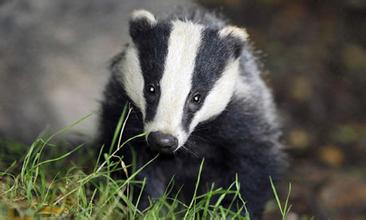This is Scientific American — 60-Second Science. I'm Jason Goldman.
Small carnivores—like foxes or raccoons or badgers—are themselves prey for larger predators—like wolves. So they spend time hiding instead of hunting. This influence that big predators have on their ecosystem is called a "landscape of fear." But humans are wiping out most of the world's big predators. Which you might assume is good news for the small ones.
But some researchers think that humans exert our own landscape of fear. Those foxes, raccoons and badgers just keep on hiding—only now, they're hiding from us. In reality, the situation may be far worse.
"Humans kill these smaller carnivores, so things like raccoons and foxes that we have here in North America, European badgers that they have in the U.K. and elsewhere in Europe, and we kill them at a rate that's four times greater than their conventional large carnivore predators..."
Liana Zanette of Western University in London, Ontario.
"Because our killing of these smaller carnivores is kind of off the scale, we're considered the superpredator."

To see how humans have altered the landscape of fear, Zanette and her team traveled to a small forest that's home to lots of European badgers near Oxford in the U.K. They used hidden speakers to broadcast the sounds of bears and wolves—two historic predators, both of which are no longer a threat. They also played the sounds of sheep, dogs and people. Hidden cameras recorded the badgers' willingness to look for food outside of their burrows as those sounds were played.
They discovered that the badgers have retained some of their fear of bear sounds, and know that dogs still pose a threat. But they've lost their fear of wolves.
"They treated the wolf calls just like the sheep calls."
Despite their fear of bears and dogs, the badgers still eventually went out to eat amid their sounds. But when they heard people "they would not emerge from their burrows at all until the human sounds were completely off. So they would cower in their burrows for the two hours that the sounds were on, waiting for those human sounds to go off."
In other words, they were leery of bears but were downright terrified of us. The findings are in the journal Behavioral Ecology.
"The badgers recognize who their enemies are...they have recognized humans as their principle threat."
Thanks for listening for Scientific American — 60-Second Science Science. I'm Jason Goldman.












